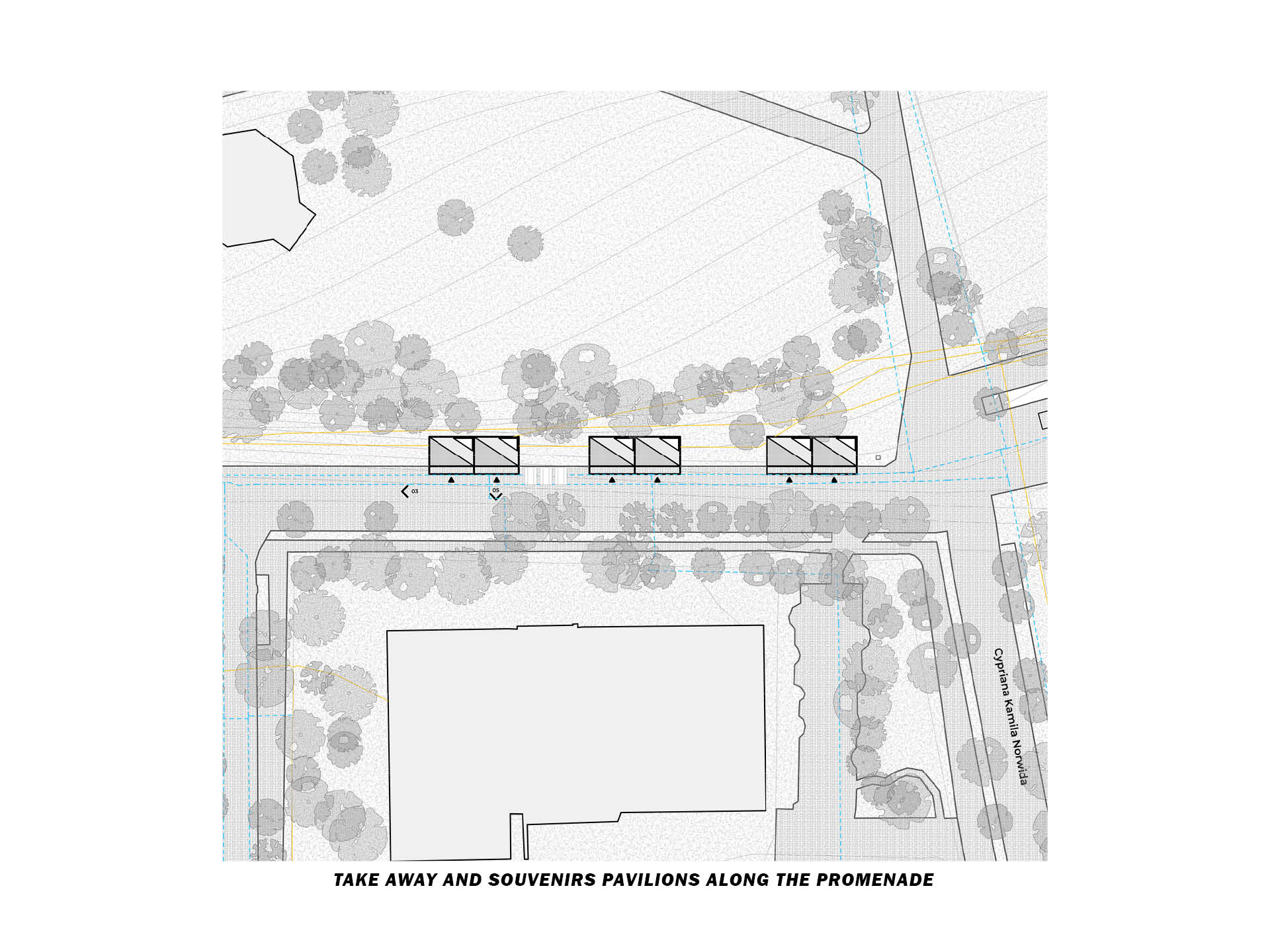ORIGAMI MARKET
Program: |
Architecture - Gastronomy, Retail |
Size: |
24 m2, 72 m2, 100 m2 |
Location: |
Kołobrzeg, PL |
Client: |
Gmina Miasto Kołobrzeg |
Team: |
Geoffrey Eberle, Magdalena Mróz, Bartosz Dendura |
Collaborators: |
studio4space |
Year: |
2021 |






















